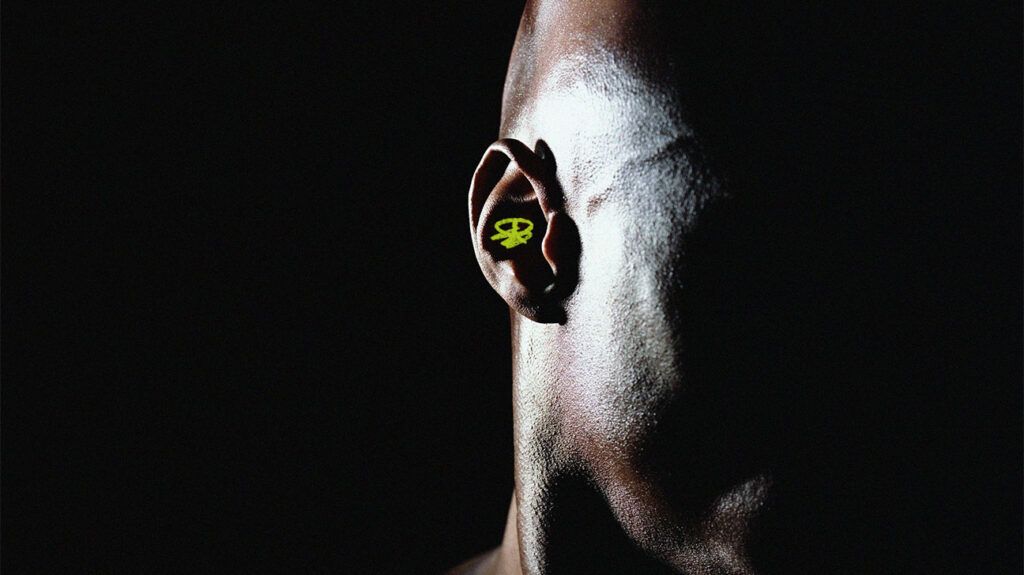Tonsillectomy may lead to ear pain, although mouth and throat pain are more common. People can relieve this by taking pain medication, using an ice pack or heated pad on the ear, and using distraction techniques.
Tonsillectomy is a procedure to remove the tonsils, often due to repeated tonsil infections or problems with breathing during sleep.
Tonsillectomy can cause several adverse effects, and people may experience pain after the procedure, including bleeding, vocal changes, and throat, nose, and ear pain.
This article explains the prevalence of ear pain following tonsillectomy. It also goes over how to manage ear pain, what else to expect from recovery, and tips for caring for a child following tonsillectomy.

Ear pain can develop after tonsillectomy. Anyone who receives a tonsillectomy will experience throat pain. Most will usually experience ear pain immediately after surgery as well.
However, pain and discomfort lasting more than 6 months is less common.
A
In comparison, 1,057 people (1.9% of the sample) reported mouth or throat pain. Few studies have looked at ear pain directly following a tonsillectomy. However, a 2019 review of studies advised that pain after a tonsillectomy is the most common complaint, and it can be intense.
According to the American Academy of Otolaryngology-Head and Neck Surgery (AAO-HNS), ear pain may last 7 to 10 days following tonsillectomy. It usually feels worse in the mornings.
A doctor will likely prescribe pain medication after surgery, which a person should take on a regular schedule. For children, this includes acetaminophen and ibuprofen. Adults may require stronger medications from their doctor.
Cold or heat therapy on the ears, such as a cold pack or a heated pad, can also help to soothe discomfort.
Some research has linked ibuprofen to a life threatening condition called post-tonsillectomy hemorrhage (PTH) that involves excessive bleeding. However, a
The AAO-HNS also advises that ibuprofen is safe for post-tonsillectomy pain relief.
Pain is usually a person’s main complaint following surgery, and this can last up to 2 weeks. Most people experience pain for around 7 to 10 days.
Children may need to be kept home from school for around 1 week. However, they may typically resume normal activities as tolerated and as pain resolves.
Using pain relief per a doctor’s instruction can make the recovery process more comfortable. Nausea and vomiting are common, so medications such as antiemetics might also help reduce this complication.
According to the Institute for Quality and Efficiency in Health Care (IQWiG), the
- resting for a few days after the procedure
- avoiding heavy lifting and sporting activities for several weeks
- avoiding hot showers or excessively warm baths
- not eating spicy or acidic foods, including citrus fruits and fruit juices, as these can irritate the surgical wound
- avoiding mouth rinses, as these can also cause irritation
However, individuals should follow all postoperative instructions from their doctor, as they may vary based on age and circumstances.
If bleeding occurs at the surgical wound, have the child sit upright, leaning the head forward a little. Contact the surgeon’s office for further instructions. If there is a lot of bleeding, seek immediate care from a hospital.
Learn more about bleeding after a tonsillectomy.
The parents or caregivers of children who have undergone tonsillectomies should ask them if they are in pain or uncomfortable every 4 hours, as they may not be vocal about how they feel.
If a child is refusing to take pain medication by mouth but still requires pain relief, acetaminophen may be available as a rectal suppository. Doses might be necessary around the clock, which may mean waking a child to give the medication. Doctors might recommend switching between ibuprofen and acetaminophen.
Distracting children with activities they enjoy can also help, such as:
- playing with their favorite video games or toys
- blowing bubbles
- drawing or painting
- coloring
- reading a book
- watching television
Children can eat normally after tonsillectomy, but parents should offer plenty of fluids in a sippy cup, glass, or bottle. These can support pain relief.
Fruit snacks, ice cream, yogurt, pudding, or popsicles may all be easier for children to eat than other foods, so parents can encourage chewing and eating this way.
How long until tonsillectomy pain goes away?
Tonsillectomy pain usually resolves in 7 to 10 days but can last up to 2 weeks.
Can I use a straw after a tonsillectomy?
According to UC Davis Children’s Hospital, using a straw after tonsillectomy is safe. However, some doctors advise against it, so speaking with a child’s doctor before the surgery can help parents and caregivers make an educated decision.
Why can you not take ibuprofen after tonsillectomy?
Ibuprofen is generally safe to take after tonsillectomy, per the AAO-HNS. However, individuals should discuss their circumstances and any risks with their doctor.
Ear pain may occur after tonsillectomy, but it might not be as common as pain in other areas, such as the mouth or throat.
People often take pain relief medication after tonsillectomy, and this can address ear pain. Acetaminophen and ibuprofen are both generally safe after surgery. Cold packs or warm pads may also soothe the ears if pain occurs here.
Recovery can take 7 to 10 days, with some people feeling pain for up to 2 weeks. During this time, children and other individuals should eat soft foods, drink plenty of fluids, and avoid strenuous physical activity. Distracting them with toys and games can help take their minds off ear pain and other types of pain.
